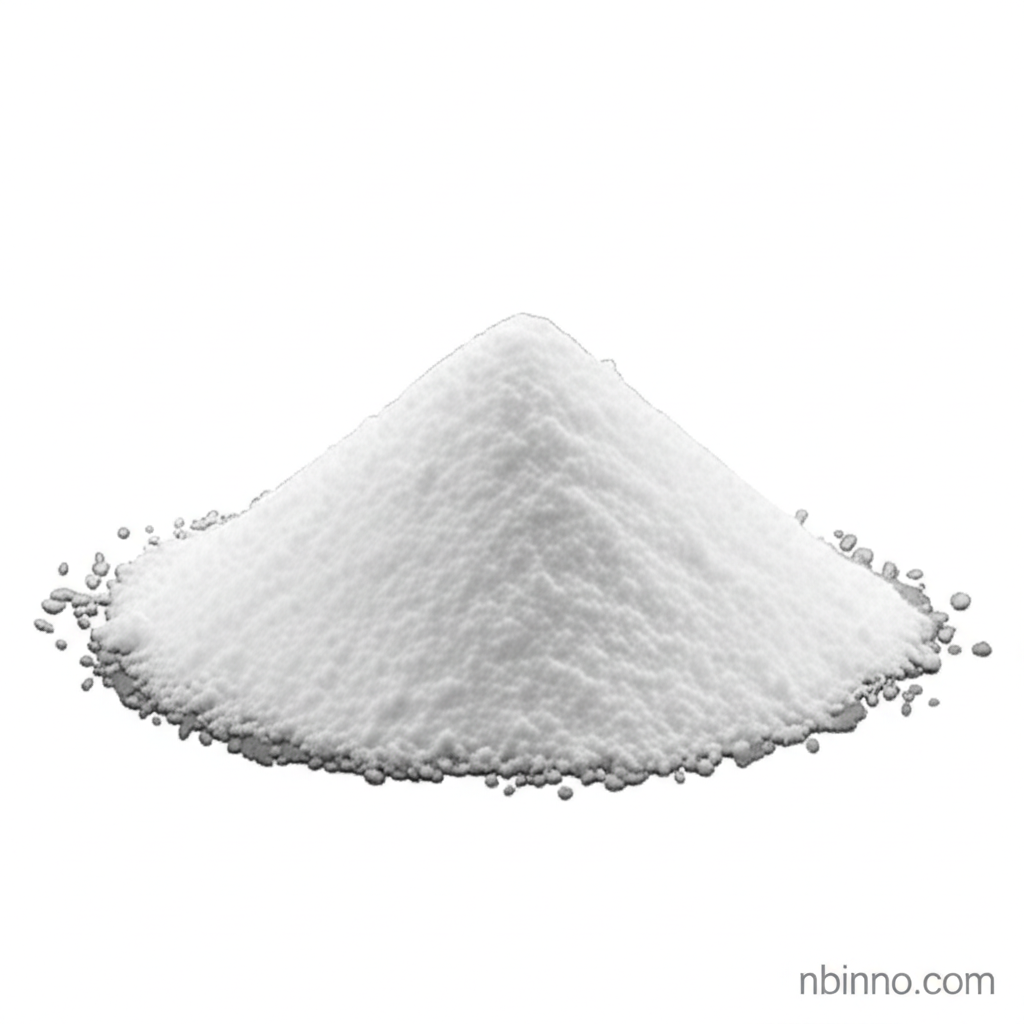Ethylenediaminetetraacetic Acid (EDTA) CAS 60-00-4: Properties, Applications, and Quality Standards
Discover the essential properties and diverse industrial applications of this vital chelating agent.
Get a Quote & SampleProduct Core Value

Ethylenediaminetetraacetic Acid
As a powerful chelating agent, this compound effectively binds to metal ions, preventing their undesirable reactions and enhancing product stability. Its versatility makes it a cornerstone ingredient in numerous industrial and consumer products, from pharmaceuticals and cosmetics to water treatment and agriculture.
- Leverage the chelating power of EDTA for effective metal ion sequestration in water treatment applications.
- Enhance the stability and shelf-life of pharmaceutical formulations by preventing metal-catalyzed degradation.
- Improve paper whiteness and reduce scaling in paper manufacturing processes using EDTA.
- Explore the diverse uses of EDTA in the textile dyeing industry to boost color vibrancy and fabric quality.
Key Advantages of Using EDTA
Enhanced Product Stability
EDTA acts as a stabilizer in cosmetic formulations, preventing spoilage and extending product lifespan by binding to metal ions that can cause degradation.
Improved Nutrient Availability in Agriculture
In agriculture, EDTA chelates essential micronutrients, making them more available for plant uptake, thus promoting healthier growth and better crop yields.
Effective Water Softening and Cleaning
EDTA is crucial for reducing water hardness by inactivating calcium and magnesium ions, and it enhances the efficacy of cleaning agents in industrial settings.
Key Applications
Water Treatment
EDTA is invaluable in water treatment for removing heavy metals and contaminants, ensuring clean and safe water supplies.
Pharmaceutical Industry
Used in medications for its ability to enhance stability, solubility, and bioavailability, and in treating metal poisoning.
Cosmetics and Personal Care
Enhances the stability and efficacy of skin and hair care products by preventing degradation and inhibiting microbial growth.
Agriculture
Improves fertilizer efficiency by making essential nutrients more available to plants, promoting robust crop development.
